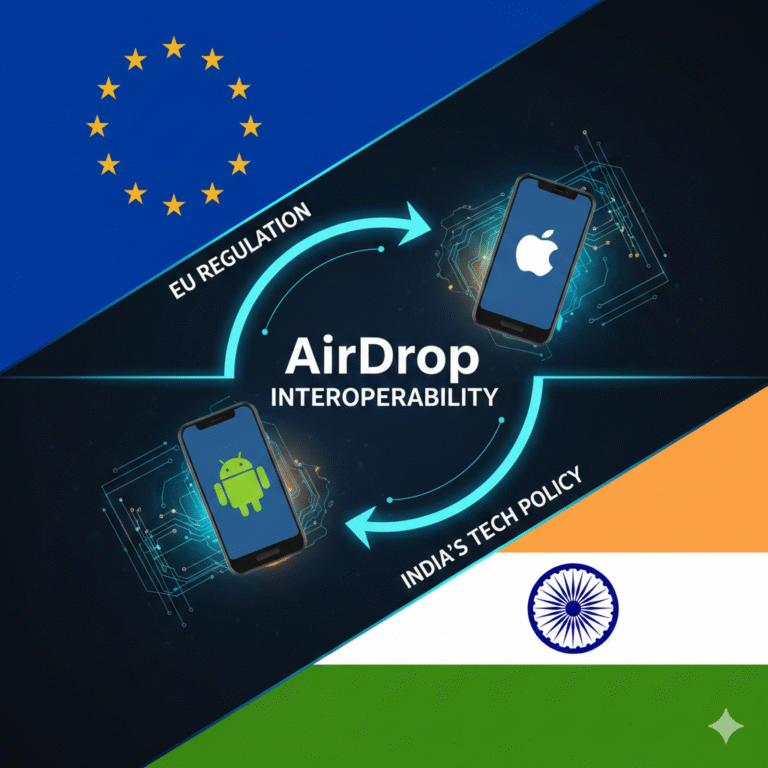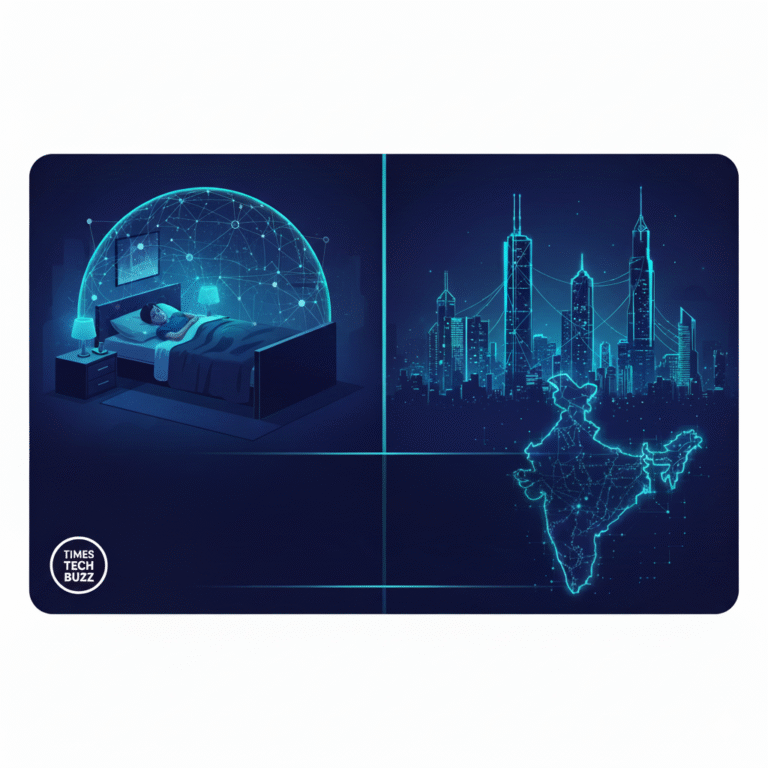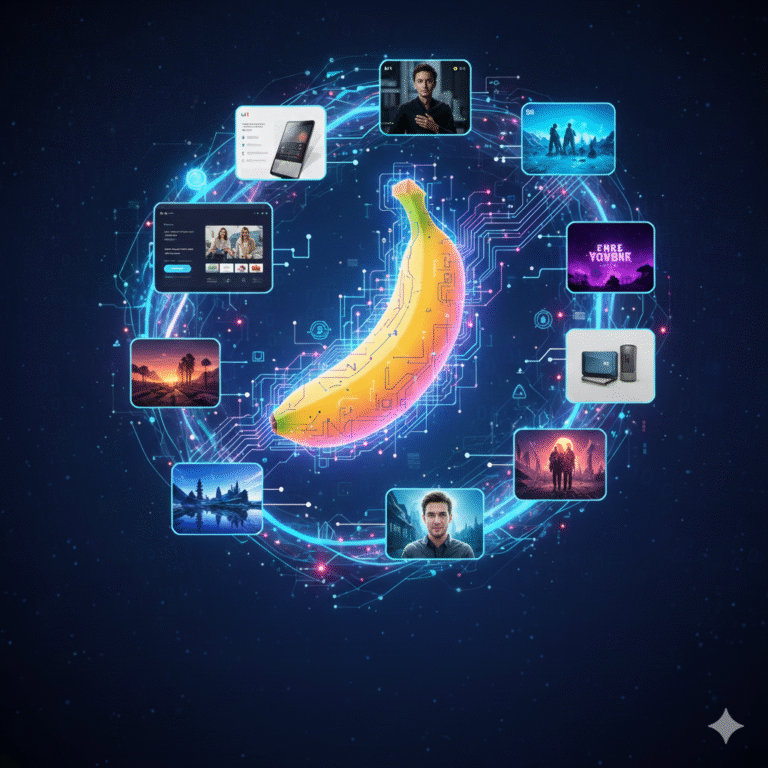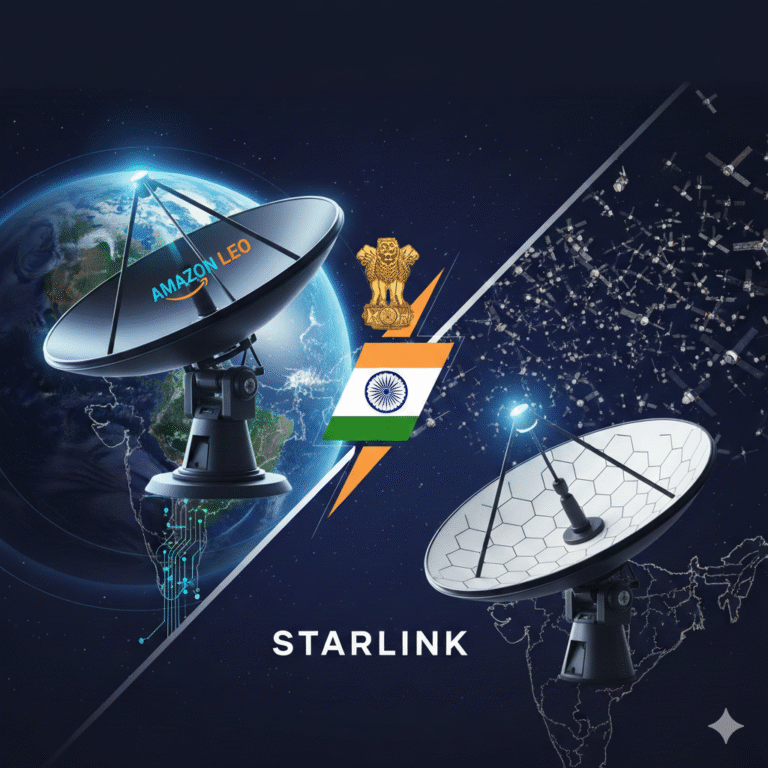In a world increasingly driven by real-time information and seamless connectivity, wearable technology is becoming the frontier of digital transformation. Google, a tech titan renowned for redefining search and connectivity, is once again making headlines with its latest smart glasses. These augmented reality (AR)-enabled glasses promise to be more than just a gadget—they aim to revolutionize how we translate languages and navigate our surroundings.
This blog takes a deep dive into the evolution, features, and implications of Google’s new smart glasses, particularly focusing on their capabilities in translation and navigation. We’ll explore their impact on society, potential use cases, and how they compare with other wearables.
The Evolution of Smart Glasses
A Brief History
Google’s journey into smart glasses began with Google Glass in 2013, which was initially aimed at developers and early adopters. Though it garnered significant media attention, the product faced challenges in public acceptance, privacy concerns, and limited functionality.
From Concept to Practicality
Fast forward to today, Google’s new smart glasses are no longer just a futuristic concept. Enhanced by advances in machine learning, cloud computing, miniaturized sensors, and 5G connectivity, they offer practical, real-world applications.
Key Features of Google’s New Smart Glasses
1. Real-Time Translation
One of the standout features is the ability to translate spoken or written language in real-time. Powered by Google Translate and integrated with machine learning models, the glasses can:
- Display translated text directly on the lens
- Detect and differentiate between multiple languages
- Automatically switch based on context
Use Cases:
- Tourism: Imagine visiting Japan without knowing Japanese but still being able to read signs and menus.
- Business Meetings: Seamless communication with international clients.
- Education: Enabling language learning in immersive environments.
2. Smart Navigation
The smart glasses also incorporate Google Maps and AR overlays to assist with navigation:
- Turn-by-turn directions displayed on the screen
- Real-time traffic and transit updates
- Indoor navigation in airports, malls, and universities
Use Cases:
- Urban Mobility: Pedestrians and cyclists get hands-free navigation.
- Emergency Services: Real-time mapping during rescue operations.
- Visually Impaired: Enhanced situational awareness.
3. Voice Control and Gesture Recognition
- Integrated Google Assistant
- Microphone array for voice commands
- Gesture-based control for hands-free operation
4. Lightweight, Ergonomic Design
- Sleek, wearable form factor
- Long battery life
- Prescription-lens compatible
Technology Behind the Innovation
Augmented Reality (AR)
The glasses use AR to overlay digital information onto the physical world. This is achieved through:
- Microprojectors that display text or images
- Sensors (GPS, gyroscope, accelerometer)
- Eye-tracking and camera systems for context awareness
AI and Machine Learning
- Google’s LaMDA and PaLM language models ensure nuanced translation.
- AI personalizes suggestions based on user behavior.
Connectivity
- Wi-Fi and 5G compatibility
- Cloud-based processing ensures minimal latency
Societal and Cultural Impact
Bridging Language Barriers
These smart glasses could become tools for diplomacy, global trade, and multicultural integration. Real-time translation can foster empathy, understanding, and smoother interactions between communities.
Accessibility and Inclusion
For those who are visually impaired or have cognitive disabilities, real-time information overlays could significantly improve quality of life and independence.
Education and Skill Development
Language learners and students can benefit from a more immersive, contextualized experience.
Workplace Efficiency
From warehouses to hospitals, smart glasses could improve task management, reduce human error, and enable remote assistance.
Challenges and Concerns
1. Privacy
- Always-on cameras and microphones raise ethical and legal concerns
- Risk of unauthorized data capture
2. Data Security
- Cloud-based systems are vulnerable to cyberattacks
- Protection of personal data is paramount
3. Cost and Accessibility
- High initial cost may limit access for lower-income communities
- Potential for widening the digital divide
4. Social Acceptance
- Concerns over intrusion and surveillance
- Public discomfort with being recorded
Comparison with Competing Technologies
Apple Vision Pro (Rumored)
- Focused more on spatial computing
- Heavier form factor
Meta (Ray-Ban Stories)
- Strong in social sharing, weaker in real-time utility
Microsoft HoloLens
- Enterprise-focused, costly, and bulky
Google’s smart glasses aim for a middle ground: functional, user-friendly, and versatile.
The Future of Wearable Tech and AR
Integration with Other Devices
- Seamless sync with phones, smartwatches, and home devices
Health Monitoring
- Future versions could include biometric sensors (e.g., heart rate, glucose levels)
Expanding Ecosystem
- Third-party apps for education, logistics, gaming, etc.
India-Specific Applications
- Local language support (Hindi, Tamil, Bengali, etc.)
- Rural healthcare: real-time doctor consultations
- Agriculture: crop data overlays
Conclusion
Google’s new smart glasses mark a significant leap forward in wearable technology, particularly in how we interact with language and navigate the world around us. By making translation and navigation more intuitive and accessible, these glasses are not just enhancing convenience—they are shaping the future of communication.
While challenges remain in privacy, cost, and social acceptance, the potential benefits for education, accessibility, global communication, and everyday convenience are immense. As the technology matures and becomes more inclusive, smart glasses could become as ubiquitous as smartphones in shaping our digital lives.
Whether you’re a tourist navigating unfamiliar streets, a student learning a new language, or a professional managing real-time data in the field, Google’s smart glasses could be the lens through which the future becomes clearer.









+ There are no comments
Add yours